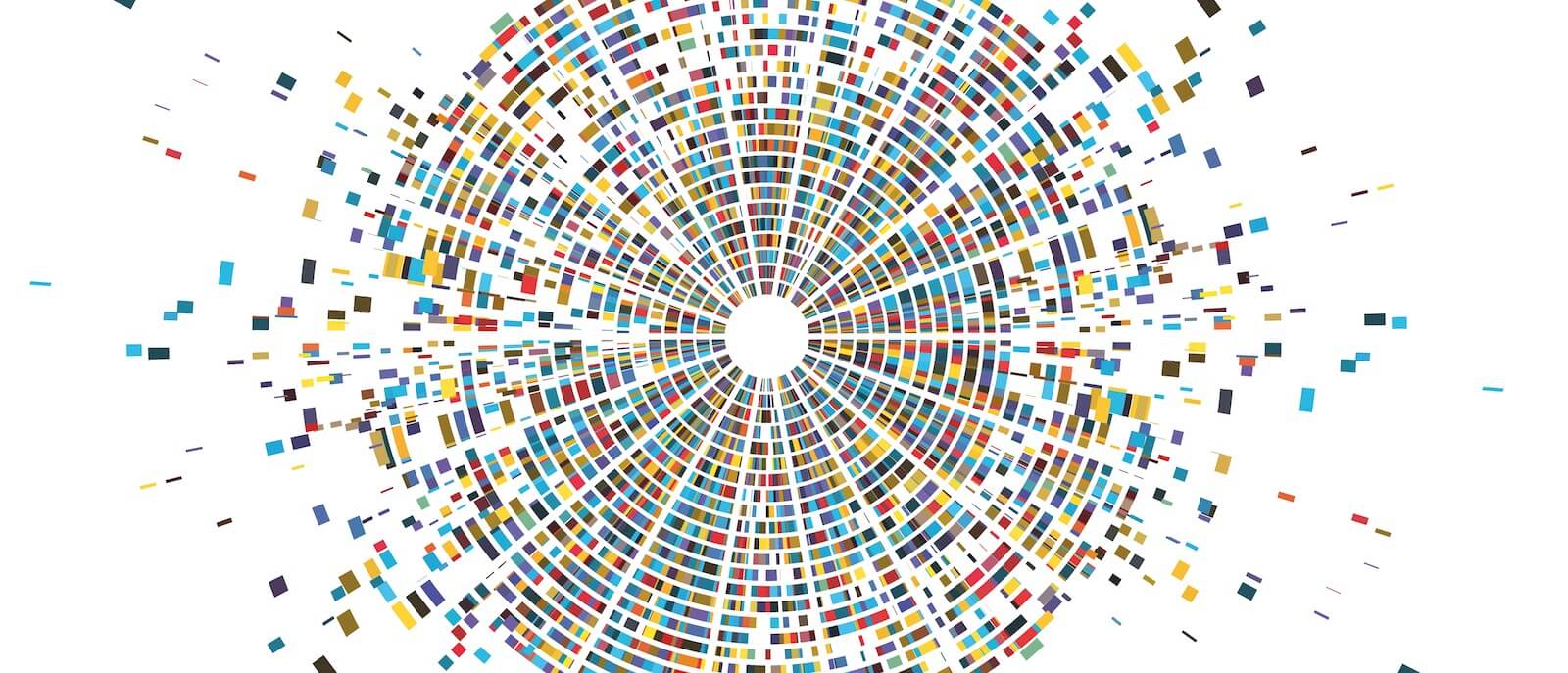Retinitis Pigmentosa
Retinitis Pigmentosa describes a group of inherited retinal dystrophies, which affect ~1:4000 people worldwide. The disease usually follows a triphasic symptomatic course, which begins with night blindness, progresses to tunnel vision, and eventually renders patients completely blind. These symptoms are caused by the progressive loss of rod and cone photoreceptors. Between 4-10% of autosomal dominant retinitis pigmentosa cases are caused by pathogenic variants in the Retinitis Pigmentosa-1 (RP1) gene. The protein encoded by this gene is a microtubule binding protein, which is expressed by rod and cone photoreceptors. To date, the pathomechanism by which autosomal dominant mutations in the RP1 gene lead to photoreceptor degeneration remains unknown.
At our institute we have acquired fibroblasts from multiple patients with autosomal dominant mutations in the RP1 gene, and reprogrammed them to human induced pluripotent stem cells (hiPSC). HiPSC are an excellent starting point for generating retinal organoids. Retinal organoids are three-dimensional cellular structures, which resemble human retinas. They develop many cell types native to the retina, including ganglion cells, horizontal cells, bipolar cells, rod and cone photoreceptors, and retinal pigment epithelium cells (RPE). We have differentiated retinal organoids derived from RP1-patient hiPSC in order to establish an in vitro retinitis pigmentosa model, thereby offering an exciting new pathway of scientific discovery.
Selected publications:
- Brandl C, Weber BHF. Personalized Ophthalmology - Induced Pluripotent Stem Cells for In Vitro Modelling of Retinal Degenerative Diseases. Klin Monbl Augenheilkd. 2018 Mar;235(3):301-308. doi: 10.1055/s-0043-125081
- Bellingrath JS, Ochakovski GA, Seitz IP, Kohl S, Zrenner E, Hanig N, Prokisch H, Weber BH, Downes SM, Ramsden S, MacLaren RE, Fischer MD. High Symmetry of Visual Acuity and Visual Fields in RPGR-Linked Retinitis Pigmentosa. Invest Ophthalmol Vis Sci. 2017 Sep 1;58(11):4457-4466. doi: 10.1167/iovs.17-22077

